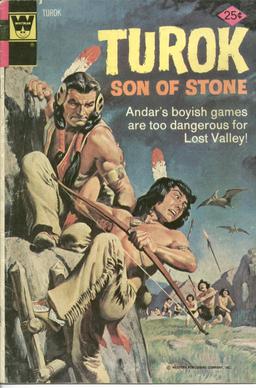 |
| MAHS band students in concert |
I actually performed at what we have come to call "the old
elementary auditorium." That of course has been closed for several
years. The old art deco auditorium is set to be razed with the rest of
that mess, probably for a cost that will go beyond whatever was
estimated.
I put "old elementary auditorium" in quotes because for most of its history, it served all public school grads. If you peruse an old "Iwakta" at the dentist's waiting room, you see that "the old school" was once proudly put forward as "Morris High School."
I remember as a kid attending track meets at the football field area.
I put "old elementary auditorium" in quotes because for most of its history, it served all public school grads. If you peruse an old "Iwakta" at the dentist's waiting room, you see that "the old school" was once proudly put forward as "Morris High School."
I remember as a kid attending track meets at the football field area.
The music concerts we attended this past spring got me realizing
just how beneficial and healthy these programs are. It would be nice to
see less drop-off in participation in band through the years (i.e. as a
given grade gets older).
We hear so much about sports. There is a "sports section" in the
newspaper, suggesting sports is worthy of such great focus. We see
parents wearing those pins on their shirts with photos of kids wearing
their sports uniforms. It's nice for parents to be proud of their kids
participating in whatever activity. The problem with sports is that it
rewards the biggest, strongest, fastest and best-coordinated kids, with
these attributes in many instances (at least) being God-given, not so
much nurtured through learning and commitment.
I think the media defer to sports largely because they ape what
they see at the macro level. So many of us follow the Twins and Vikings.
If the Star Tribune has a sports section, such a section must be apt
for our local paper. We might not stop to think that big-time sports,
even Division I college sports, exists in a world apart. It can be
brutal and unforgiving for the participants, with much of that pain out
of view. Youth sports in our communities are on a totally different
plane. Is it healthy? Football definitely isn't.
All the empirical evidence suggests football should simply be
pushed aside. Would it be hard? Let's just substitute soccer. Soccer
would attract a lot of boys are aren't capable, or who aren't
interested, in knocking the teeth out of an opponent. Football has
tremendous legacy momentum behind it. That's the biggest problem now.
The general population loves consuming football. The answer might come
when lawyers and insurance companies eventually do their thing. I think
they can be counted on to do that. Don't leave it for the "fans" to show
wisdom.
Parents of junior high-age boys will eventually show the wisdom.
Parental instincts of love and protection will overcome that legacy
power of football. If we don't see signs of this starting this fall,
then my faith in humanity will have been reduced.
Attending band concerts is so enlightening. It's such a gentle and
obviously enriching activity. It deserves more attention and promotion
relative to sports.
We see more and more communities developing artificial turf
football facilities. The reason a game was shifted from Sauk Centre to
Morris last fall, was Sauk Centre's process of installing their
artificial turf field. Can these fields be easily converted to soccer?
And even if they could be, is there any reason soccer can't just be
played on glorious green grass? Will these communities, once the
artificial turf fields are in place, exert pressure to ensure enough
boys keep coming out for football to ensure viability of the sport? They
will have a vested interest in the sport.
Alert: There will be pushback from the lawyers and insurance
companies. What an unnecessary conflict to see unfolding. Can football
really be changed to make it sufficiently safe? The pundit George Will
is skeptical. Are referees really prepared to throw penalty flags for
tackling too low or making helmet-to-helmet contact? Don't a lot of
these calls require tremendous subjective judgment? Don't football
players make moves that are lightning-fast and impulsive? Can a player
hold back on making a play a certain way, when they know that "way"
makes a difference in terms of preventing or scoring a touchdown? At the
pro level, can we count on refs throwing the flag when Adrian Peterson
puts his head down at the end of a 30-yard run?
Hasn't there been resistance in hockey to efforts to try to make
the game safer? Wasn't there a tussle about rules adjustments in the
wake of that kid in the Twin cities who got paralyzed? Paralyzed!
Really, should we as a society court any risk at all, of this kind of
tragedy happening in an organized activity for kids, an activity having
the community's imprimatur?
We hear about all the controversy at Morris Area High over a ban on hats. Maybe something else should be banned.
Let's see the humanities accented instead of sports. In the past
this suggestion would be pie in the sky - nice in theory but not
attainable, because we get such obvious thrills from sports. I say, the
spectators be damned. We as a society have to move forward. I think it's
happening, albeit slowly.
In the meantime let's celebrated band and pack the Morris Area concert hall! We're looking forward to the fall concerts.
- Brian Williams - morris mn minnesota - bwilly73@yahoo.com







